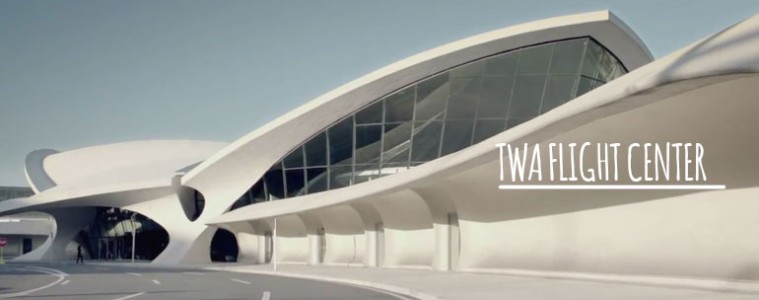Leggi questo post in Italiano
TWA Flight Center, il terminal della Trans World Airlines, oggi Terminal 5 dell’areoporto JFK di New York, fu uno dei terminal più rappresentativi del periodo soprannominato la “Jet Age”, epoca del boom dei voli arei a lungo raggio con i primi aerei con motori a turbina come li conosciamo oggi.
The Trans World Airlines terminal, today terminal 5 of the JFK Airport of New York city, was one of the most representative airport of the world during the “Jet Age” with a great boom of flights. This was the beginning of the transoceanic flights with jet airplanes as we know today.
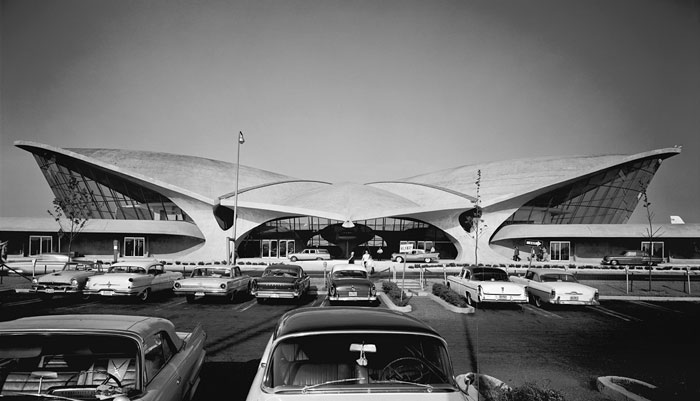
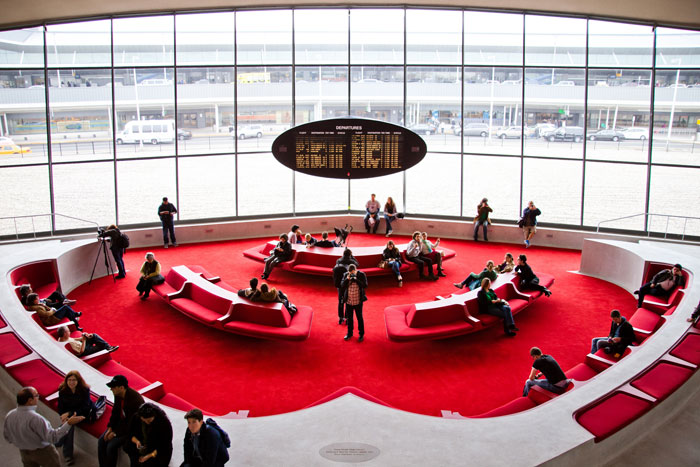
Aperto nel 1962 fu disegnato da Eero Saarinen, architetto e designer finlandese. La sua forma emblematica ad ali rappresenta una delle prime strutture a guscio di “conchiglia”, interamente realizzata in cemento armato autoportante permise di avere all’interno grandi spazi aperti con grande libertà di organizzazione.
The TWA terminal opened in 1962 and it was designed by the Finnish architect and designer Eero Saarinen. It is an emblematic construction, with its shape suggestive of a bird. It represents an entirely different approach than the thin concrete shells constructed at the same time to span a space with a minimum of material.
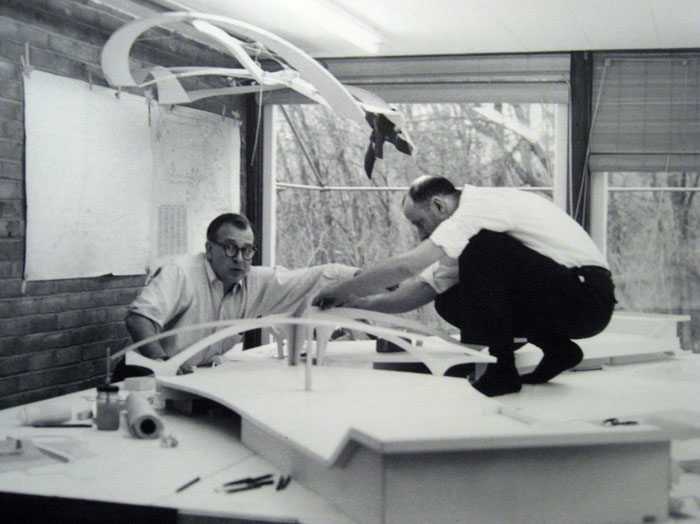
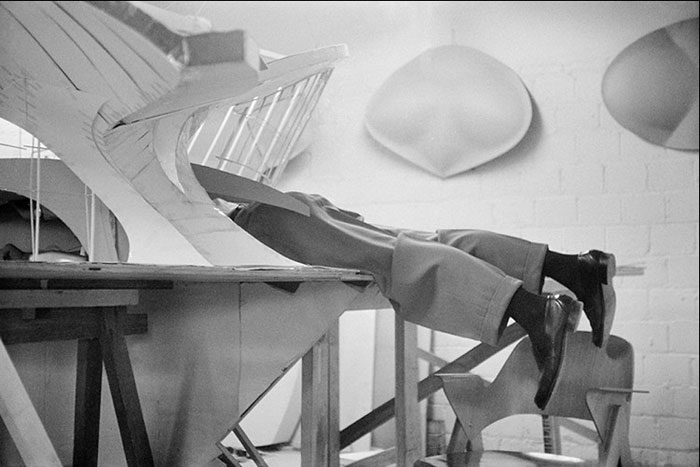
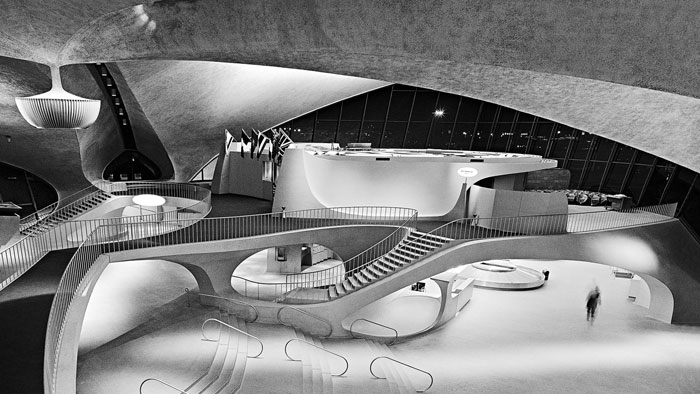
Pensando all’avvento del turismo di massa Saarinen lo concepì per velocizzare tutti i processi. Fu uno dei primi terminal forniti di finger per l’imbarco dei passeggeri, nastri per il ritiro bagagli, tabellone elettronico per i voli. Questo tabellone emblematico è tutt’oggi rappresentativo e futuristico. Sicuramente viaggiare in aereo negli anni ’60 era emozionante e questo futuristico terminal deve aver reso tutto più affascinante.
With an eye to the advent of mass tourism, Saarinen conceived the terminal to speeding up processes. This was one of the first terminal with jetways for the bording, baggage carousels and electronic schedule boards. This boards in particular was very representative of the space age. Surely in the 60’s travelling by planes was exciting and this futuristic terminal could add lots of charm to the flight.
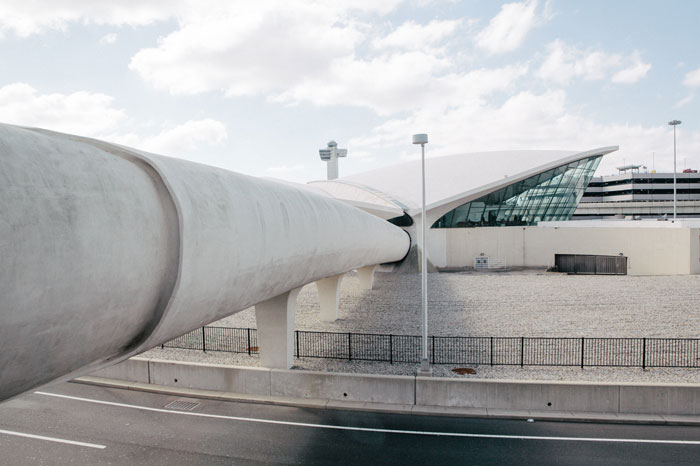
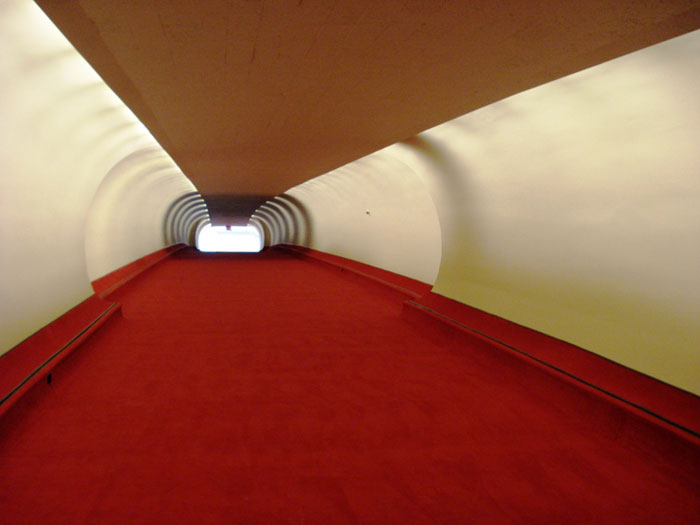
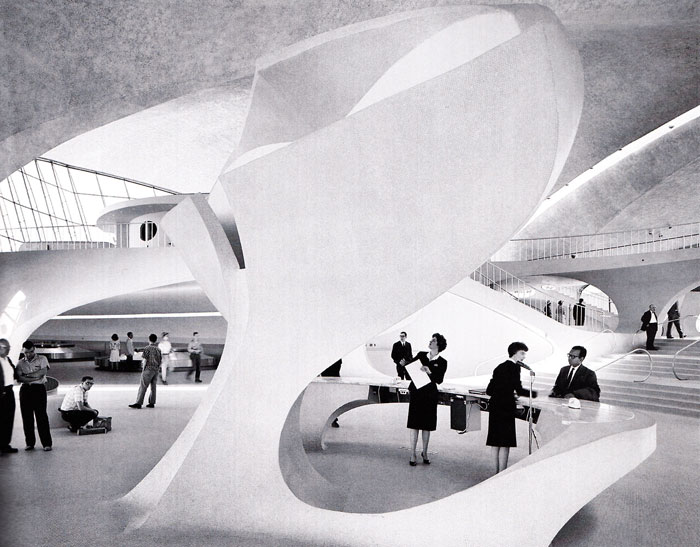
In quegli anni la TWA con la PanAm era una delle compagnie più importanti americane e mondiali. Negli anni ’40 era controllata da Howard Hughes, è stata in seguito acquistata dall’American Airlines.
In those years TWA and PanAm were the most important airlines in Usa and in the world. In the ‘40s it was directed by Howard Hughes, and then it was acquired by American Airlines.

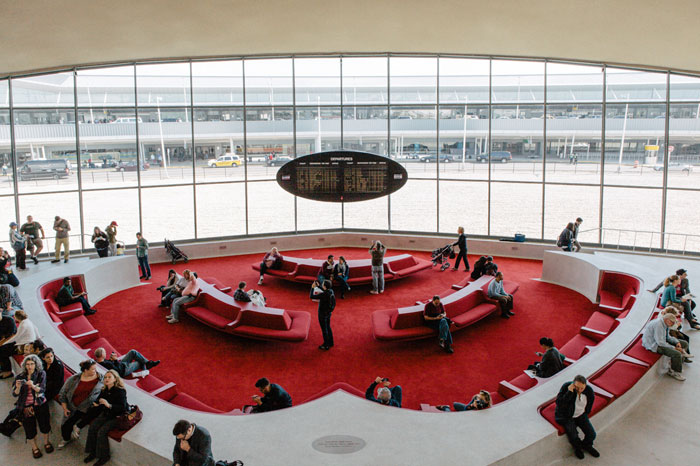
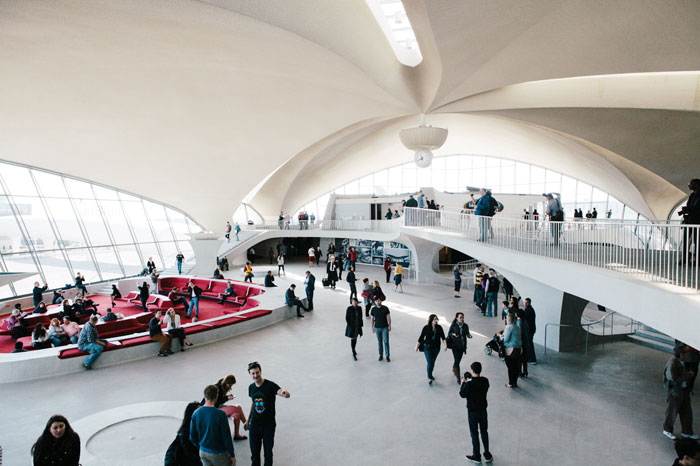
Location per tantissimi film come Catch me if you can con Leonardo di Caprio.
This was the location for lots of movies such as Catch me if you can with Leonardo di Caprio.

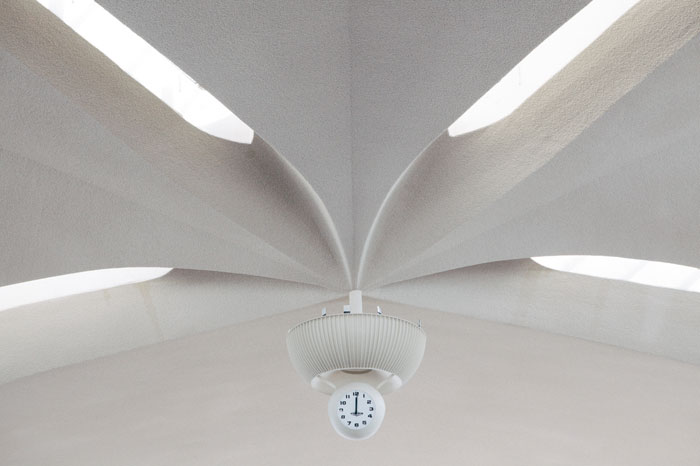
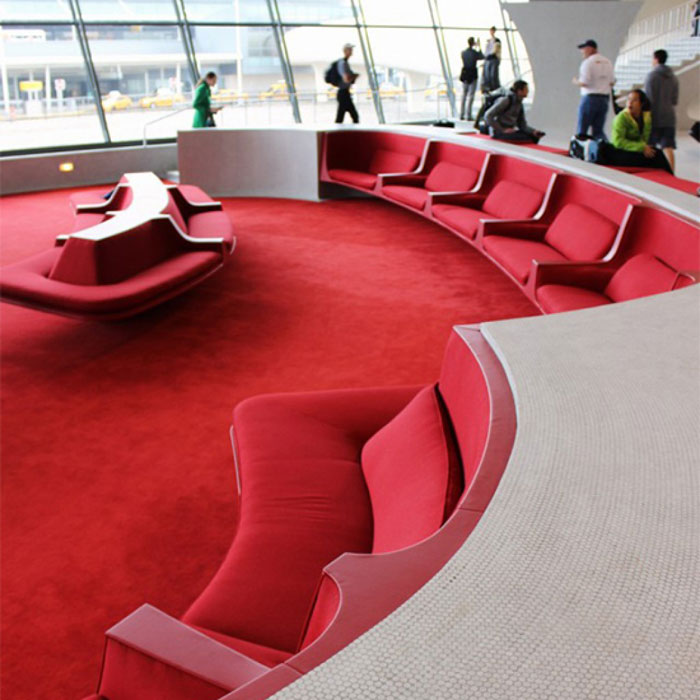
Già negli anni ’60 i terminal degli areoporti erano esempi di architettura per cui venivano chiamate “archi-star”ed erano esempi non solo per la ricerca di innovazione estetica ma anche funzionale, cercando soluzioni sempre nuove per venire in contro al flusso sempre maggiore di viaggiatori.
In the ‘60s already “archi-stars” designed airports because these were place with innovative researches about shapes and functional solutions. They have to be ready for the upcoming traffic.

Il TWA Flight Center è stato chiuso nell’ottobre 2001 perché non era più funzionale ma la sua estetica è ancora forte e futurista. Dopo un periodo di abbandono ora è stato ristrutturato mantenendo tutto com’era.
The TWA Flight Center was shut down in October 2001 because it was no more functional but his shape is still emblematic and futuristic. After a periode of disuse now it is renovate with great conservative attention.
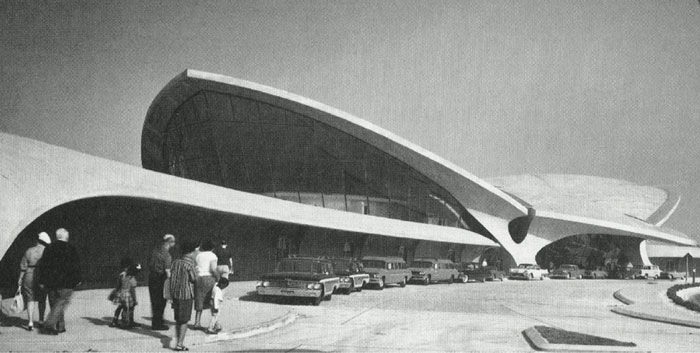
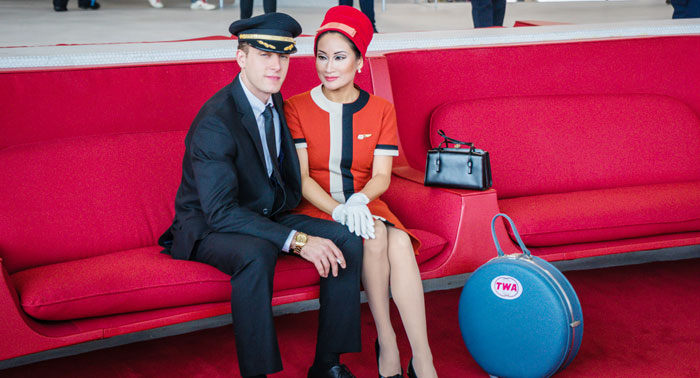

Enjoy!
©Images also from DoobyBrain.com and Jasonanderin.com

